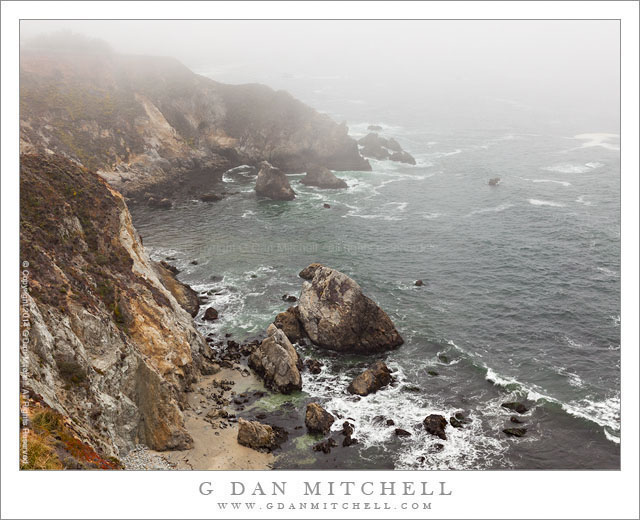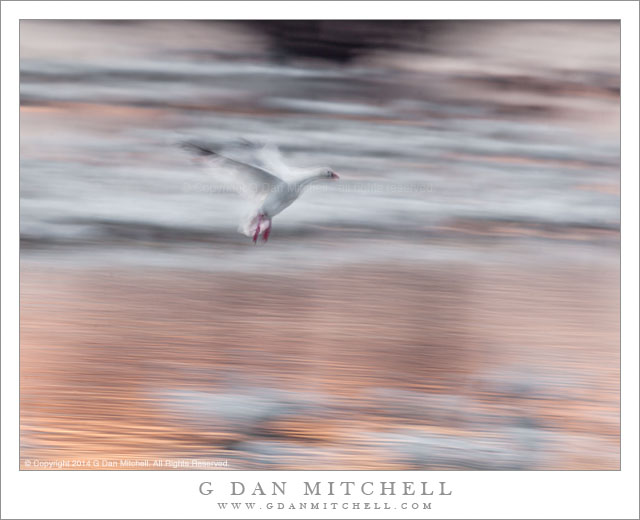
Violist Janet Sims. San Jose, California. June 5, 2014. © Copyright 2014 G Dan Mitchell – all rights reserved
Symphony Silicon Valley violist Janet Sims at a June, 2014 rehearsal
This weekend I am sharing two more photographs from my ongoing project photographing professional classical musicians, a three-year project during which I have the opportunity to attend many rehearsals and concerts and generally spend a lot of time learning to see and understand this world. (I already understood more than most since I’ve been part of it in several ways for many years.) Both of these photographs are casual shots made during rehearsals. Such photos remind us of several things, I think. First, it is possible to get some odd ideas about who the musicians are if your only experience is seeing them in formal concert situations — but backstage and during rehearsals… they are “regular people” just like all of us. Second, and from the same perspective, it is easy to overlook that fact that the vast majority of the work necessary for a live performance is actually done outside of the performance, with often intense and lengthy periods of individual practice and preparation and significant time spent on group rehearsal. And, finally, in both of these photographs I think you will see the intense focus of these musicians. Janet Sims is a first-stand violist in the Symphony Silicon Valley.
 G Dan Mitchell is a California photographer and visual opportunist whose subjects include the Pacific coast, redwood forests, central California oak/grasslands, the Sierra Nevada, California deserts, urban landscapes, night photography, and more.
G Dan Mitchell is a California photographer and visual opportunist whose subjects include the Pacific coast, redwood forests, central California oak/grasslands, the Sierra Nevada, California deserts, urban landscapes, night photography, and more.
Blog | About | Flickr | Twitter | Facebook | Google+ | 500px.com | LinkedIn | Email
Text, photographs, and other media are © Copyright G Dan Mitchell (or others when indicated) and are not in the public domain and may not be used on websites, blogs, or in other media without advance permission from G Dan Mitchell.



